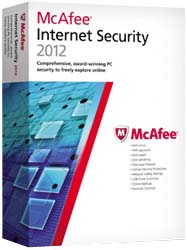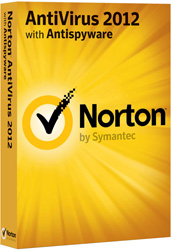Computer viruses are deliberately created and sent out by attackers. A virus is attached to small pieces of computer code, software, or documents. The virus executes when the software is run on a computer. If the virus is spread to other computers, those computers could continue to spread the virus.
Virus
A virus is a program written with malicious intent and sent out by attackers. The virus is transferred to another computer through e-mail, file transfers, and instant messaging. The virus hides by attaching itself to a file on the computer. When the file is accessed, the virus executes and infects the computer. A virus has the potential to corrupt or even delete files on your computer, use your e-mail to spread itself to other computers, or even erase your entire hard drive.
Some viruses can be exceptionally dangerous. The most damaging type of virus is used to record keystrokes. These viruses can be used by attackers to harvest sensitive information, such as passwords and credit card numbers. Viruses might even alter or destroy information on a computer. Stealth viruses can infect a computer and lay dormant until summoned by the attacker.
Worm
A worm is a self-replicating program that is harmful to networks. A worm uses the network to duplicate its code to the hosts on a network, often without any user intervention. It is different from a virus because a worm does not need to attach to a program to infect a host. Even if the worm does not damage data or applications on the hosts it infects, it is harmful to networks because it consumes bandwidth.
Trojan
A Trojan is technically a worm. The Trojan does not need to be attached to other software. Instead, a Trojan threat is hidden in software that appears to do one thing, and yet behind the scenes it does another. Trojans are often disguised as useful software. The Trojan program can reproduce like a virus and spread to other computers. Computer data damage and production loss could be significant. A technician might be needed to perform the repairs, and employees might lose or have to replace data. An infected computer could be sending critical data to competitors, while at the same time infecting other computers on the network
Anti-virus
.



Virus protection software, known as anti-virus software, is software designed specifically to detect, disable, and remove viruses, worms, and Trojans before they infect a computer. Anti-virus software becomes outdated quickly, however, and it is the responsibility of the technician to apply the most recent updates, patches, and virus definitions as part of a regular maintenance schedule. Many organizations establish a written security policy stating that employees are not permitted to install any software that is not provided by the company. Organizations also make employees aware of the dangers of opening e-mail attachments that may contain a virus or a worm.
No comments:
Post a Comment